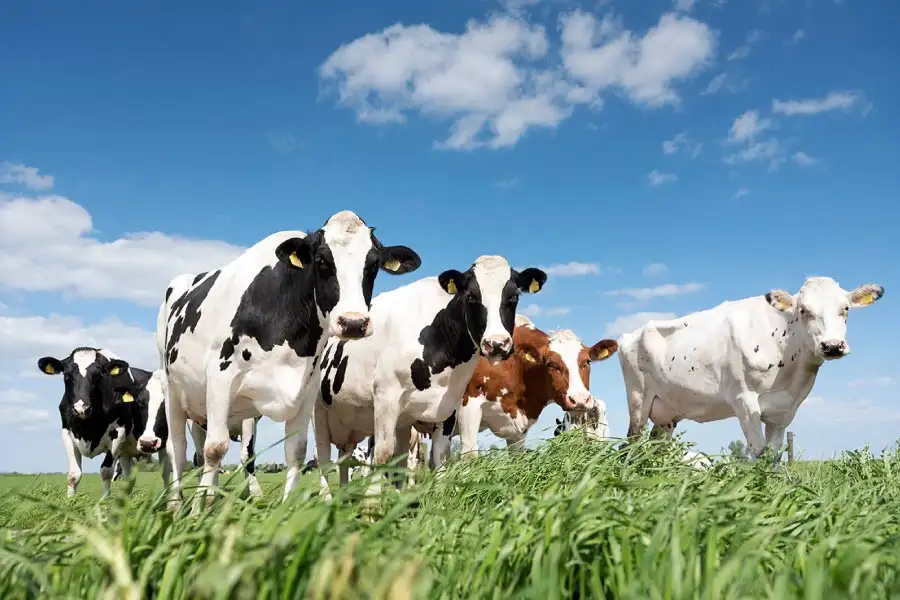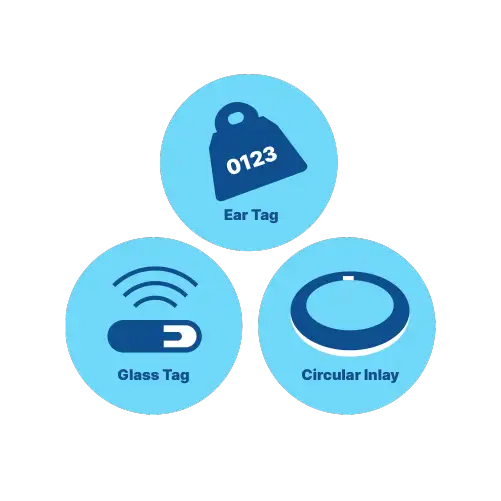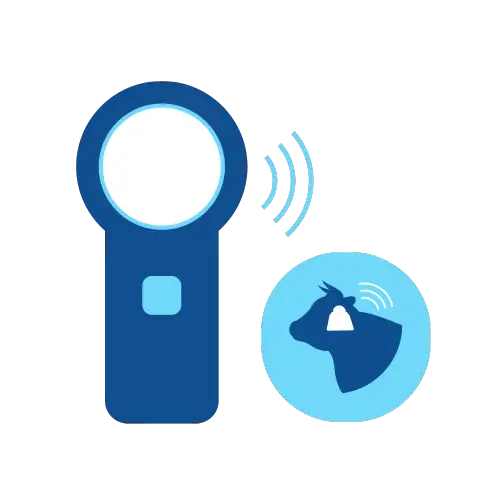
Applications
LIVESTOCK
In today’s global food market, ensuring the quality, authenticity, and safety of animal-based foods like meat and poultry is critically important. To tackle challenges such as livestock disease outbreaks, including Foot and Mouth Disease (FMD), the adoption of RFID technology emerges as a transformative solution. Notably, advanced RFID chips for livestock management, such as those offered by Silicon Craft, play a pivotal role in addressing these challenges.

SIC278, and SIC279 are low-frequency (LF) RFID transponder ICs designed for a broad range of applications in animal identification, especialluy livestock management. They operate at 134.2 kHz RFID, fully compliant with ISO 11784 and ISO 11785. RFID technology in livestock management involves tagging animals with unique electronic devices that emit radio waves. The RFID readers interact with the tag that contains a unique identification (UID) number. The UID links to a secure online database, where identification data is captured and stored. This data is then utilized for various purposes, including tracking, health monitoring, and farm management. RFID helps streamline tasks, enhancing traceability, and providing valuable insights for farmers.

Concept/How it works

The ear tag is equipped with a microchip securely embedded within a durable glass tag.

The tag contains a unique identification (UID) number to identify livestock accurately.

Information can be accessed and updated via the UID using readers installed on the farm.
Benefits
For Farmers

Efficient Livestock Tracking :
RFID ear tags enable farmers to monitor each animal’s health, vaccination history, and movement easily, reducing the risk of disease outbreaks.

Enhanced Disease Management :
Early identification of infected animals helps prevent the spread of diseases like Foot and Mouth Disease (FMD), protecting the entire herd.

Improved Productivity :
Accurate data on livestock leads to better breeding decisions and optimized feed management, resulting in higher yields and profits.
For Consumers

Guaranteed Food Safety :
Traceable information about livestock origins and health ensures the safety of meat and poultry seafood.

Transparency in Food Production :
Consumers gain access to reliable data about how and where their food was raised, fostering trust in food quality.

Ethical Sourcing Confidence :
Traceability systems give consumers confidence that their food is sourced responsibly and sustainably.




